(12815 products available)












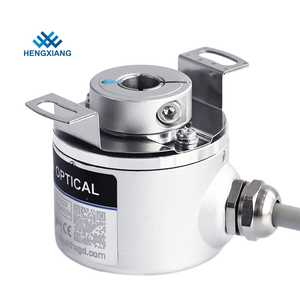






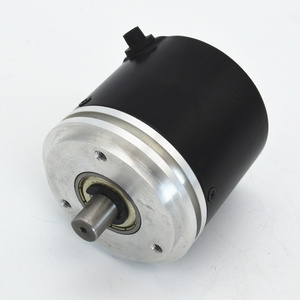
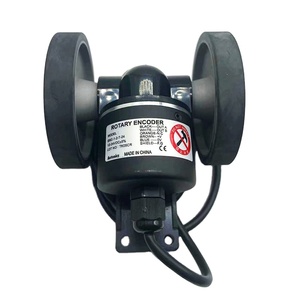





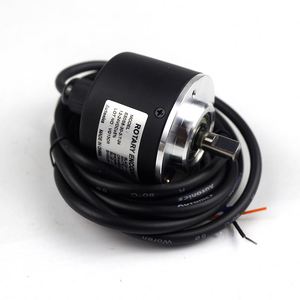


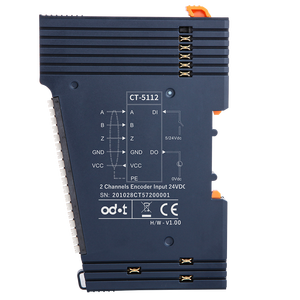
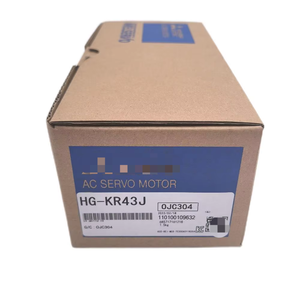


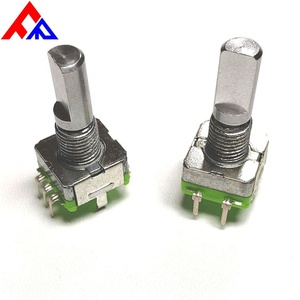






There are several types of encoder speed, and each is essential to different applications. These types include rotary, linear, absolute, incremental, mechanical, and optical speed encoders. The following details their functions and uses:
This measures rotational speed. It's mainly applied in electric motors, especially in industrial machinery. It's a device that converts rotational motion into an electrical signal. There are two main types of rotary encoders:
This measures the linear speed of an object or system. It's critical in applications where linear motion needs to be monitored or controlled. These include machinery in manufacturing processes, like CNC machines, where precision linear movement is key.
This works based on mechanical principles. It usually consists of a rotating element and a sensing mechanism. The rotating component interacts with the moving subject of the encoder. Common examples include gears, wheels, or pulleys. This is beneficial as it translates the motion into measurable parameters.
This uses light and sensors to measure motion. A typical optical encoder will have a disc with a patterned line over a light source and sensor. As the disc rotates, the patterns pass the sensor, which generates pulses of light. These pulses translate rotation into an electric signal that measures speed.
These are different types of encoder speeds, and they work on different principles. Each type addresses various application requirements and needs. When choosing an encoder for a project, one should consider the accuracy, resolution, and environment required for their application.
There are various factors that go into selecting the right encoders. These factors include the operational requirements and the nature of the application. Here are the main considerations when picking out an encoder:
This factor is critical as it determines the degree of precision in the position or speed measurement. Applications where even the slightest error can cause significant problems need encoders with high accuracy. Thus, always considering the accuracy needed for their specific application is crucial.
It refers to the smallest detectable change in position or speed. A higher resolution encoder will provide more detailed information about the object's motion. In applications like CNC machining, where precision is of the essence, a high-resolution encoder is necessary for optimal performance. However, lower-resolution encoders will suffice for general applications like basic motor control.
Environmental factors are another key consideration in selecting an encoder. Operating conditions like exposure to moisture, extreme temperatures, dust, or vibrations can affect an encoder's performance. For example, optical encoders might not be suitable for a dusty or high-humidity environment. A mechanical or magnetic encoder would be preferable in these scenarios due to their more robust design and tolerance to environmental factors.
It is essential to consider the kind of motion involved in the application. For instance, a rotary motion application, like motor control, will need a rotary encoder. On the other hand, linear motion applications, like positioning systems, will require linear encoders.
Budget constraints also affect the choice of speed encoder. While high-end encoders can offer superior performance in accuracy, resolution, and durability, sometimes, a more basic encoder is sufficient for an application. It's crucial to balance the cost against the application's operational needs to ensure one is making a sensible investment.
Considering these factors when choosing an encoder helps one find the most suitable solution. It will ensure the application's speed and position detection needs are met without going over budget.
Some of the operational requirements, as well as maintenance practices for speed encoders, need to be known. Being aware of the following details will help ensure their optimal functioning. These will also increase their lifespan:
Different speed encoders have unique specifications influencing their performance capabilities. Here are the key ones:
Proper maintenance of speed encoders is essential so they last a long and maintain accuracy. These maintenance practices ensure this:
Learning about speed encoders' essential specifications and maintenance can help ensure their optimal performance. In addition, understanding how to care for them increases their longevity and reliability.
Speed encoders are broadly used across many industries. This is because of their precise speed and position measurement capabilities. Here are the most common cases where these devices are most applied:
Speed encoders in this industry control and monitor the motion of motors and actuators. This helps enhance efficiency and accuracy in the manufacturing process. Positioning and speed control during robotic assembly, conveyor belt operation, and CNC machining are crucial. Modern manufacturing machines, for example, will use encoders to keep machining operations within tight tolerances.
The speed encoder measures motor shaft speed and position. This enables precise control of the electric motor. Common examples include electric vehicles, where the encoders provide speed feedback to the control system. This helps adjust power output and maintain the desired speed. Another example is in trains, where encoders help ensure smooth and efficient operation.
Robotic systems need accurate feedback about their position and speed. Speed encoders provide this crucial information for control and navigation. They tell robots how much they have moved and if they are at the correct position. In robotic arms used in manufacturing or surgery, for example, speed encoders help maintain precision and repeatability of movements.
They help improve the performance of these gadgets. Speed encoders in cameras provide precise control of zoom and focusing mechanisms. This results in smooth and accurate photography. Also, gaming consoles use encoders in their joysticks and motion sensors. The speed encoders measure the speed of the user's movement and provide feedback in the game for a more realistic experience.
These industries use speed encoders in navigation systems to ensure accurate positioning and speed measurement. They monitor aircraft motor speeds to maintain optimal performance in various flight conditions. They also help control the movement of robotic systems used in hazardous environments. This provides precise feedback for safer remote operations.
Speed encoders are widely used in the above industries. They are crucial for improving performance, precision, and safety. Knowing their common applications demonstrates the versatility and importance of speed encoders across multiple operations and environments.
Speed encoders measure an object's speed or the motion system's internal component. They convert the motion into electrical signals that indicate speed. It then transmits this data to control systems for precise motion regulation. Common examples are motors, robots, and industrial machinery, where accurate speed feedback is vital for effective operations.
The common ones are mechanical, optical, magnetic, and capacitive encoders. Of these, mechanical encoders use conventional methods like gears and rulers for measurement. Conversely, the optical ones provide higher accuracy by leveraging light-sensing technology. Magnetic encoders would use magnetic fields for similar purposes. Finally, capacitive encoders exploit electrical conductors and insulators to achieve their goal.
Several factors affect the choice of speed encoder. They include accuracy, resolution, environmental protection, power requirements, and cost. An application requiring a precise encoder will need a highly accurate and resolute encoder. One has to consider the environment in which the encoder will operate. It must be done to ensure it holds up to whatever gets thrown at it (dust, moisture, extreme temperatures, etc.). Finally, budget constraints also affect the choice, so one has to balance these against the application's operational needs.
Normal running conditions of the speed encoder will require it to be frequently inspected for wear and tear, cleaned, and have underlying issues fixed. The environmental factors mentioned above can significantly affect some of these performance and lifespan qualities. Performing periodic checks for such factors and replacing damaged encoders will help ensure optimal performance.
Speed encoders are usually applied in industrial automation, electric drives, consumer electronics, aerospace, and robotics. They facilitate speed and position feedback in motor control systems in all these applications. They have also enabled precision movements and accurate navigation in machines, robots, and electronic devices.